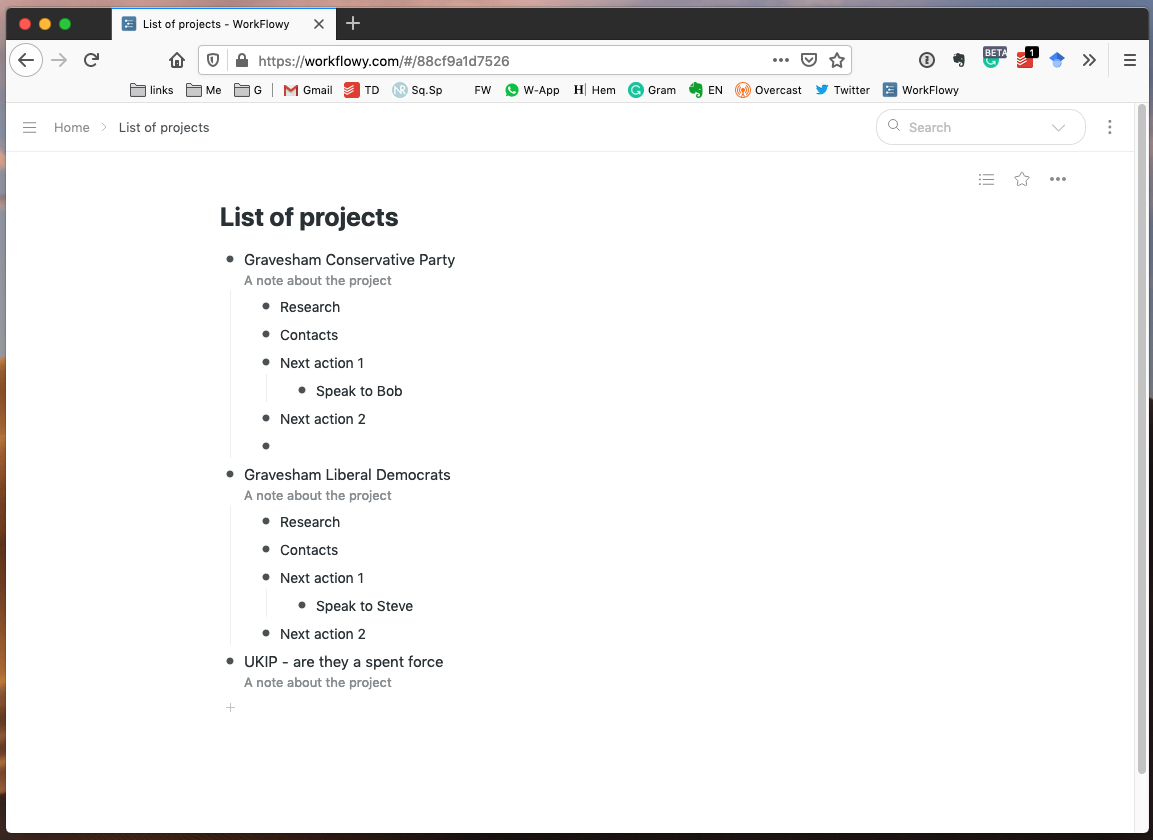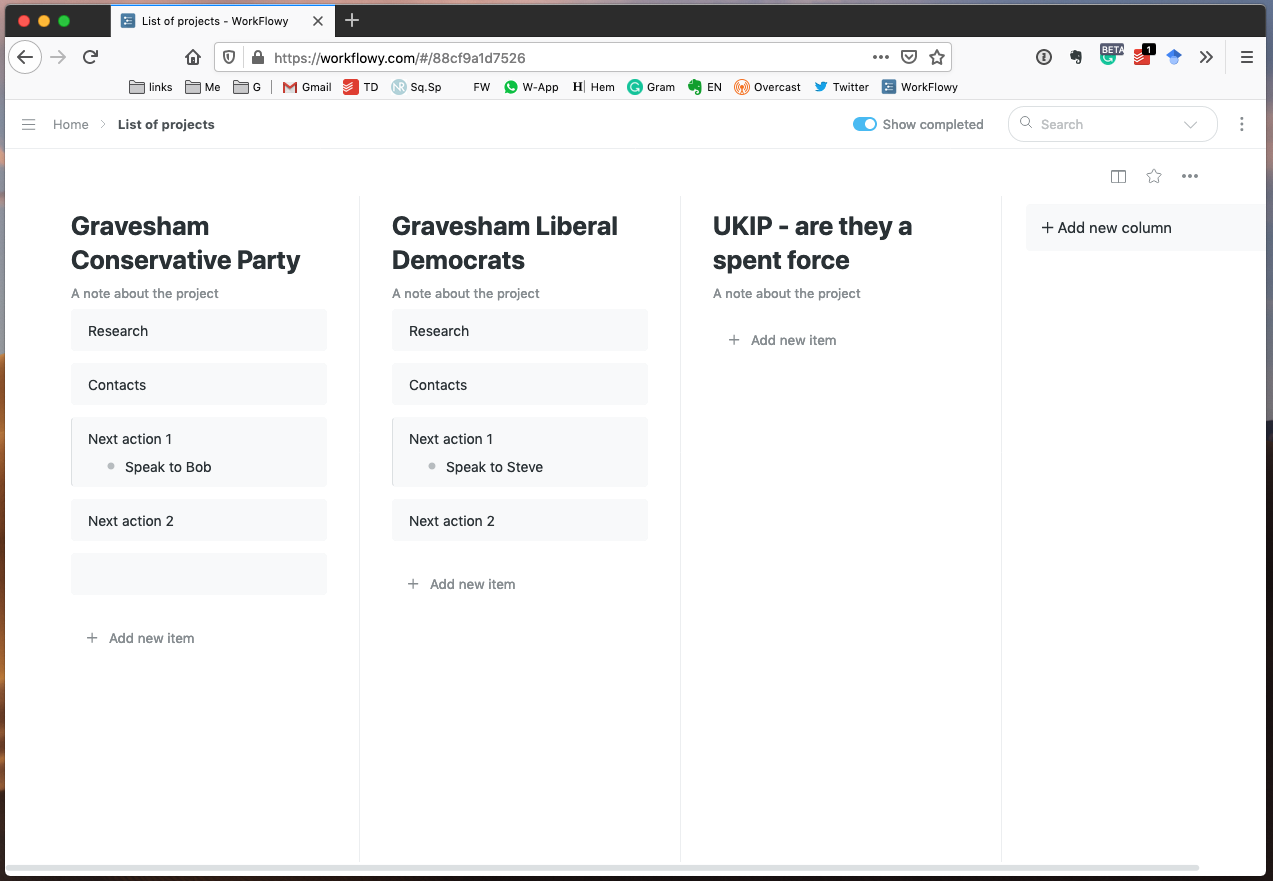Project Planning for Documentary Photographers
I started to write a post about Project Planning. As I go along, I realise I'm really describing Idea Generation, which feeds into Project Planning. So let's start there. It's important to say there's no right way to do this, this is my way.
As you work on more projects, some of this will become second nature, and some projects you’ll just happen across. But it’s often worth taking things back to basics.
ONE: FIND A SUBJECT THAT FASCINATES YOU. If you're not interested in the topic you're shooting, it's going to show, or you'll get bored and give up. Either way, not an ideal outcome. When you watch the news, read the newspaper or a blog post, what are the stories that draw you in? These are the candidates for your project.
"Pay attention to what you pay attention to." - Ira Glass
TWO: BE REALISTIC. As I've said here before, it's all very well researching the effect of tourism on Christmas Island. But if you want to photograph it, you're in London with only weekends and evenings to shoot and a cat to feed; I'm afraid to say, you're wasting your time.
So, think about:
Are you looking for a short-term or long-term project?
Do you want one that you can dip in and out of when you have the time or are you looking to immerse yourself several days a week?
Can you get access?
Is your idea possible with your schedule?
Is the story so huge, it's not possible to cover it? Could you find a small story that represents the larger theme?
THREE: THE PROCESS. I've come to terms with the fact I'm very easily distracted. So to generate ideas where I want my mind to wander where I want it to, I keep offline for as long as possible. The moment I switch my laptop on, it's too easy to start researching some small detail; at that point, it's all over. I'm currently writing this in my notebook. But, the voice in my head continually says this would be easier in Google Docs.
For me, planning is a visual process; I'm a big fan of mind mapping. There's something about being able to see the whole picture at a glance which fires off all sorts of connections, in my brain at least. I used online software called Coggle for some time, but the ability to tinker with the format or change the font is the very thing I don't want when I'm trying to get some work done. The choice of what colour pen to use is already one choice too many.
I have a whole stack of cartridge paper, bought for some long-forgotten project. I love the large sheets of thick unlined paper and, ideally, plenty of space to work. Now, this is going to sound weird; I work far better at large clear desks than I do small, cluttered ones. Given a choice, I would be sitting at a large desk in a library.
FOUR: WHERE TO START. This depends, do you have your big themes yet? If you haven't, start your mind map here. You'd don't need to go into great detail at this stage. As Ira would say, you're just ‘paying attention to what you pay attention to’. Which are the ideas that jump out to you? I'd suggest walking away from it for a day, are you still drawn to the same subjects when you return?
When you have your big themes, pick the top two and apply the 'are they realistic' test? If so, we're going to mind-map those two in detail.
FIVE: GETTING INTO THE WEEDS. We have our two big themes, let's say one of mine is UK Politics (in reality that's too big, but you get the drift). UK Politics is such a vast subject, I wouldn't know where to start. By the end of the first week I'd be so despondent I'd probably have given up.
So, we narrow it down and down, until we have a subject large enough to be representative of our theme, but small enough to be achievable. Settle down at your huge desk, with your large sheets of paper and no distractions. Try not to rush the mind-mapping; the whole point is to trick your brain into making new connections, it won't do that if you're looking at the clock. Let your imagination flow, allow your mind to relax a bit like daydreaming, and then you channel the good stuff.
Again, maybe, leave it for a day. Are the subjects that appeal in the morning the same as those from yesterday? Highlight those you like most, again, are they realistic?
When I've mapped out my ideas, I narrow them down to a short-list, which may take three or four iterations. This all sounds very longwinded but, if the mind mapping has worked, you'll have many more ideas than you can focus on. The vast majority of these you won't use now, but you may in the future.
SIX: PROJECT PLANNING AND RESEARCH. Generally, proceeding at the same time. You can’t plan until you’ve done the research, and your planning will influence what you research.
Project Planning. Once I have my short-list of subjects, I go online using Workflowy to list the projects and their next actions. Workflowy allows me to easily drag-and-drop the ideas into a different order, add notes, comments etc. There is a paid version of Workflowy, $49 year, so far I've not exceeded the allowance of the free account.
Research. Once the idea generation is complete, I start researching. Everything is clipped or photographed and stored in Evernote. I've been using Evernote for over ten years, I'd struggle without it, but that's a whole other post. If you have a system that works for you, I'd be interested in hearing about it.
If you have more time than usual make the most of it, so you come out of this time more prepared than you entered it.
As always, let's be careful out there.






